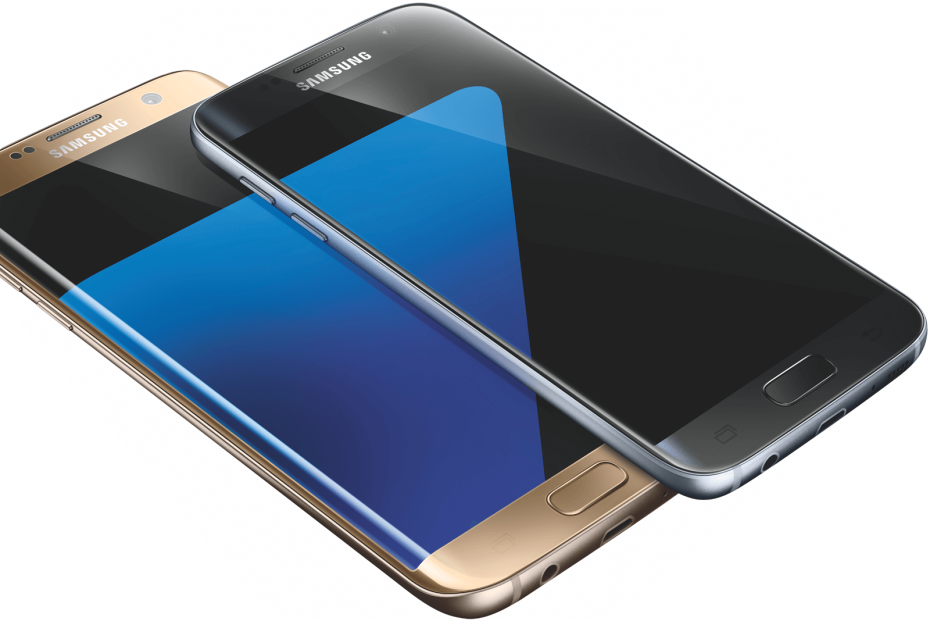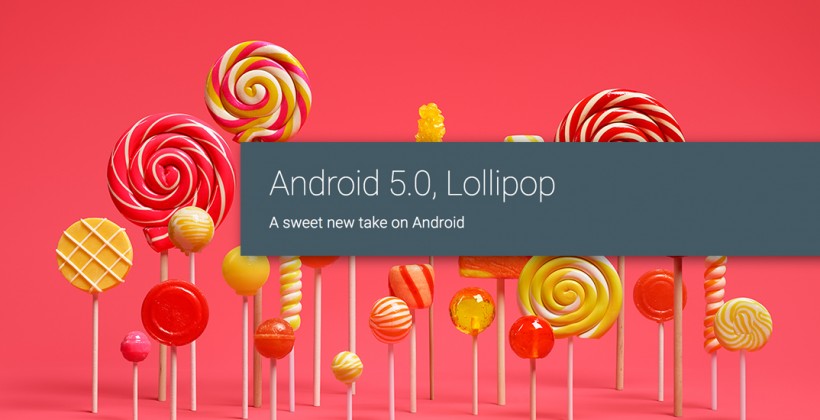Users who prefer a device with a large screen often choose Apple iPhone 6s Plus. Besides the screen size, the iPhone 6s Plus also posseses not only the same Sony IMX315 image sensor that is used in the iPhone 6s and iPhone SE, but also provides Optical Image Stabilisation. Many are of the opinion that in terms of average everyday use OIS does not make a massive difference but it certainly helps in improving the overall performance of the device. It is understood that iPhone 6s Plus is currently competing against Samsung Galaxy S7.

The Galaxy S7 not only has the latest generation ISOCELL Dual Pixel sensor but also has OIS. Users are now interested in finding out the best among the two in terms of photography capacity. Though both the devices shoot impressive powerful photographs, marked differences are observed. The iPhone 6s Plus is more skilled in balancing the light across its frame thus not overexposing its photographs. This is most helpful while shooting close ups in bright sun light. Though while shooting landscapes the small iPhone 6s Plus imaging sensor is known to lose out on shadow areas and colour details.

In comparison to iPhone 6s Plus shooting landscapes, Samsung Galaxy S7 is better as it is more skilled in balancing colour details though it slightly overexposes areas and its overall effect is not very impressive. It is little difficult while shooting close ups but we have the freedom of manually adjusting settings to get better photographs. This is something that the iPhone 6s Plus is not capable of doing. The Apple iPhone 6s Plus shoots show higher sharpness in comparison to Galaxy S7 whose contrast is higher. The photos clicked on iPhone 6s Plus shows almost the original colour. But on social media the vibrant colours of Galaxy S7 are much preferred by users.


